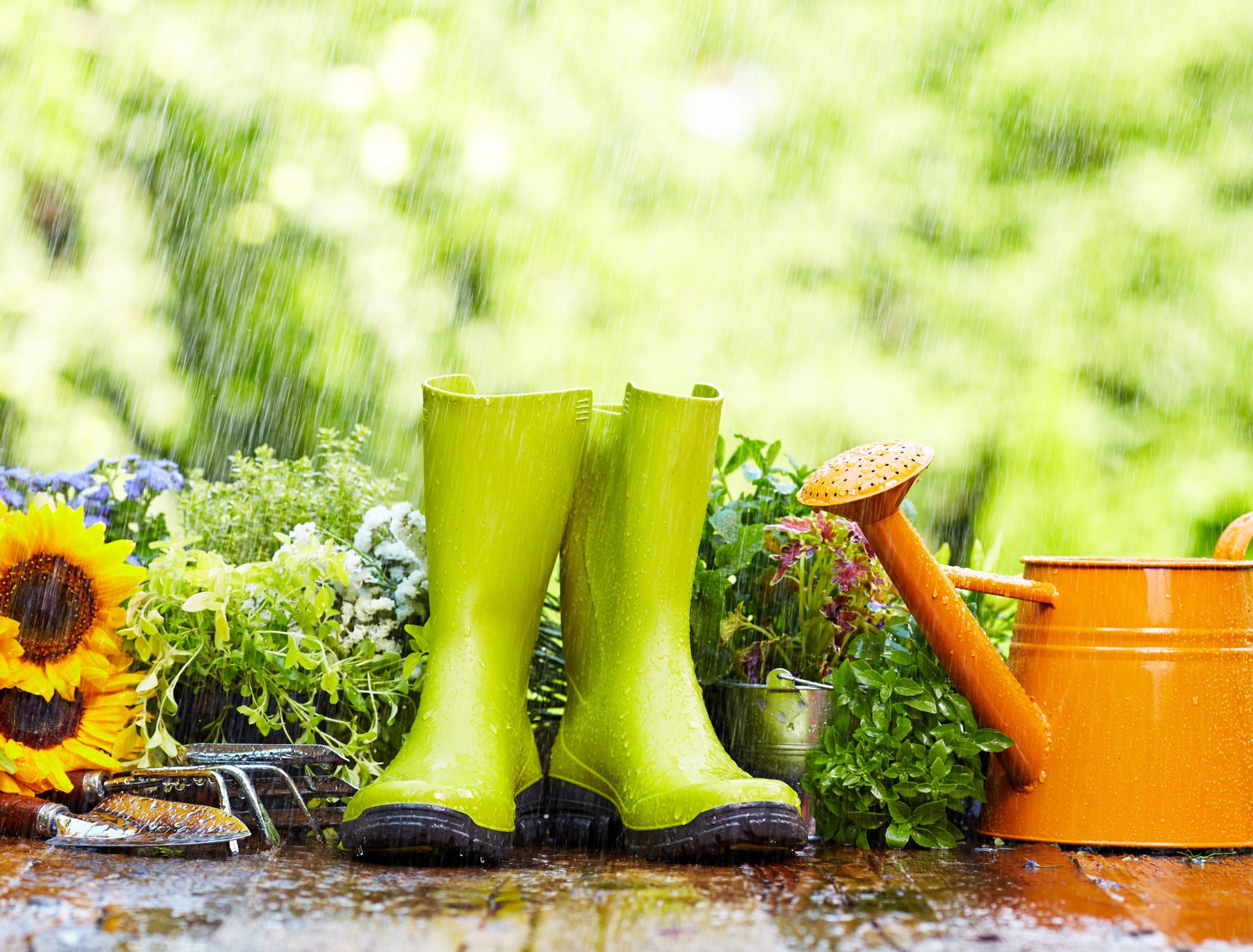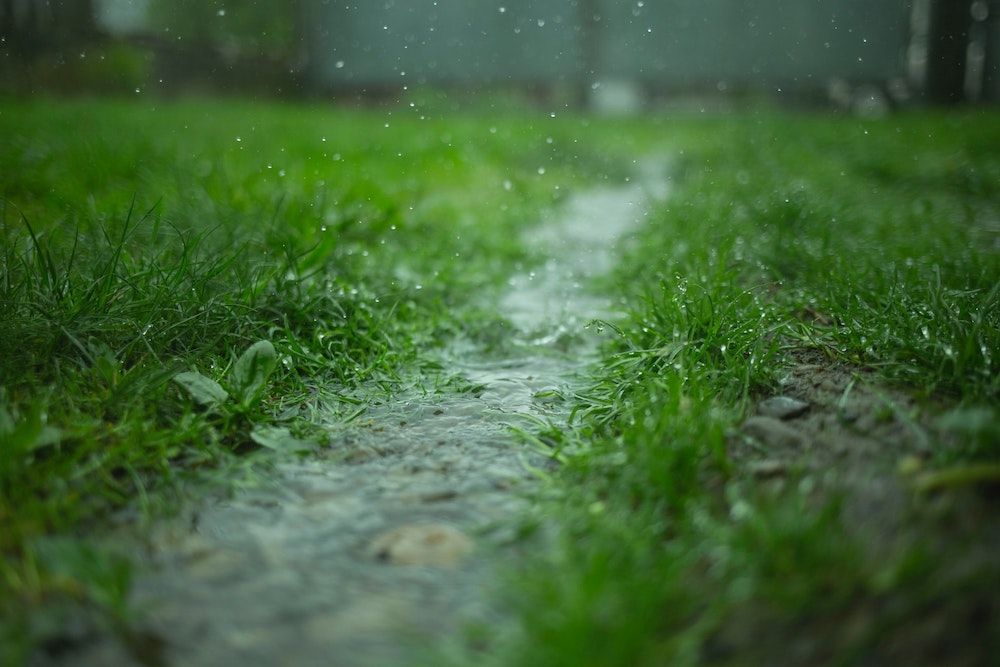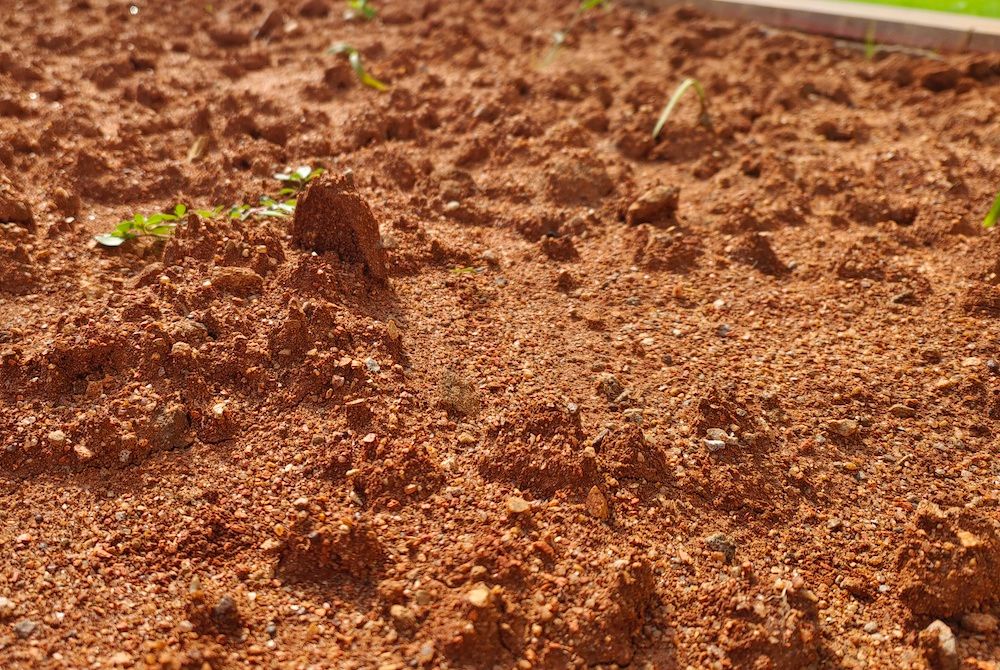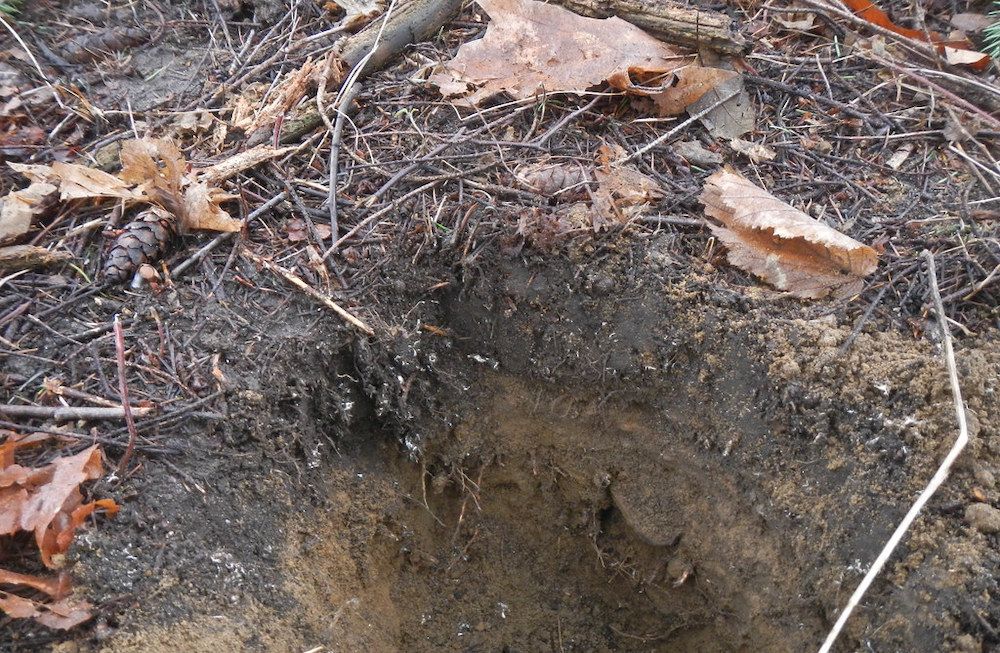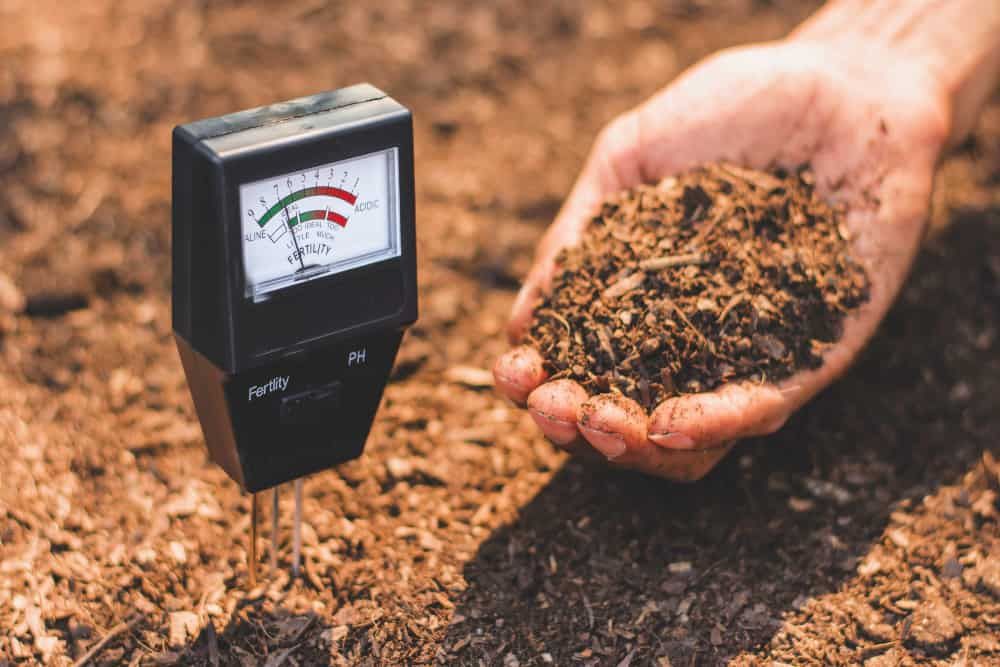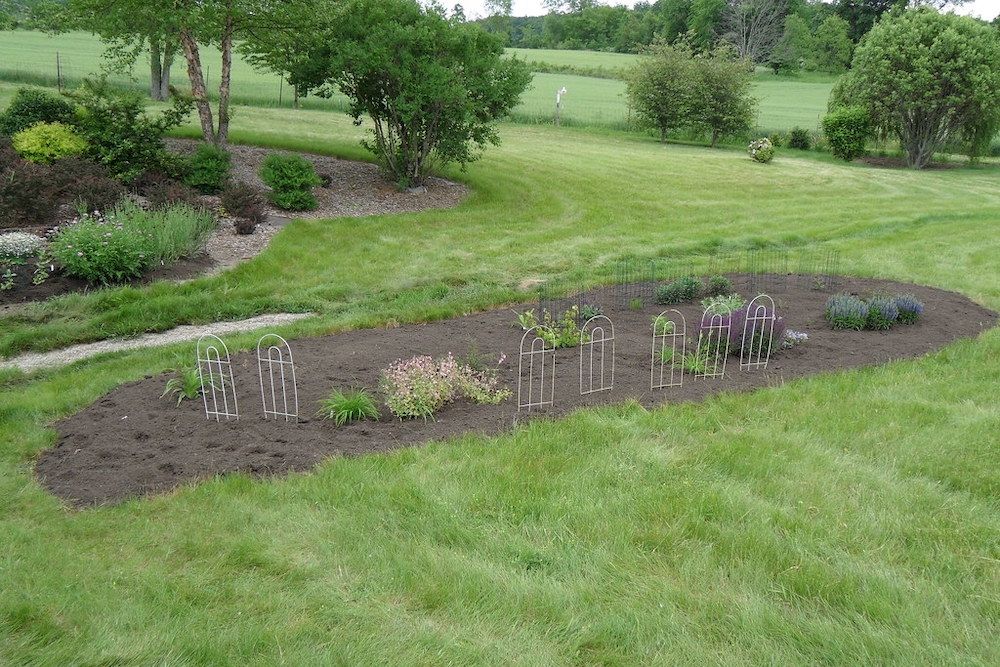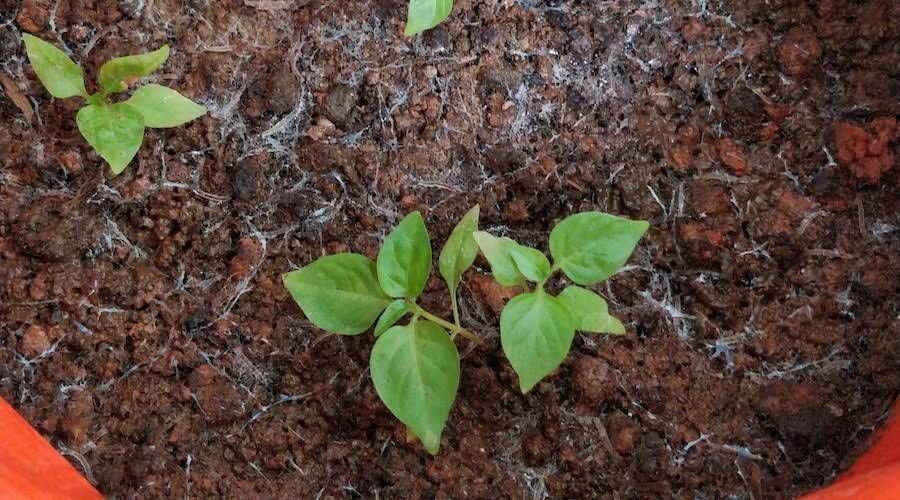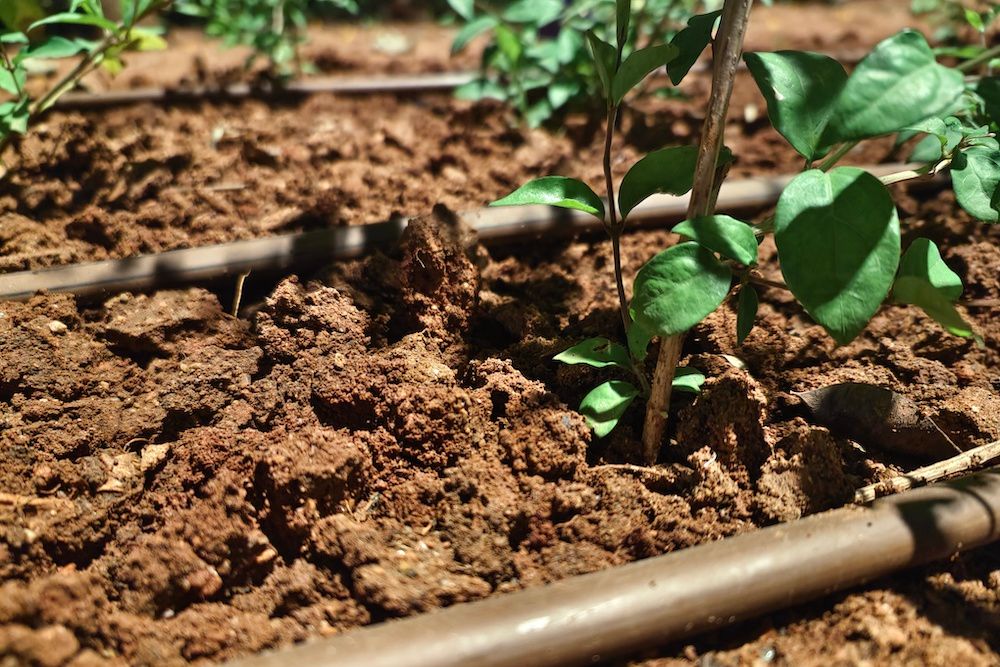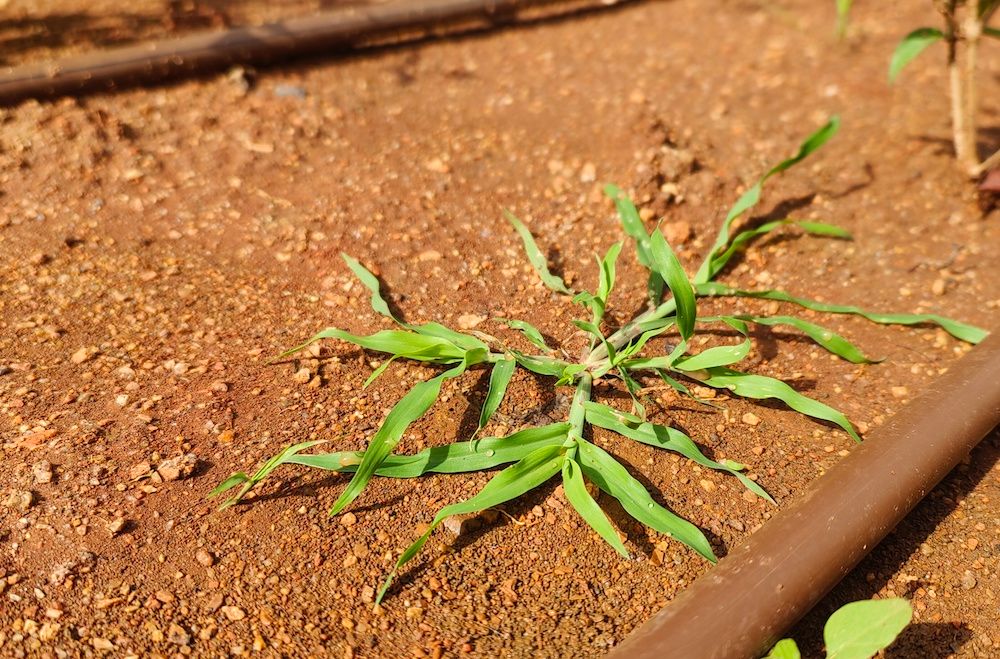Gardeners love planting and working in their garden whenever they have the time and inclination. But one big factor can impede even the best intentions - the weather, especially wet weather!
Not only is working outside in the rain unpleasant and uncomfortable but planting in the rain and working with soggy and wet soil is not a good idea. On the other hand, misty, overcast weather and drizzle are good for the garden as it adds an ideal amount of moisture to encourage growth.
However, don't disturb the soil by planting new flowers, veggies, fruits, or herbs when the pleasant mist becomes heavier. This is because when it rains, your plants and soil become vulnerable to foliar disease which can affect leaves, shrubs, and more. This can cause significant damage to your plants.
Below are some reasons why planting in the rain is a bad idea and why you should avoid it.
Avoid Planting In The Rain
Image credits: Roman Synkevych 🇺🇦 via Unsplash
Planting in the rain on wet soil is a messy endeavor that will frustrate you! The mere act of walking across the soil makes it become compacted! Ideally, the soil has large air pockets to allow moisture and the roots to pass through.
However, when the soil gets compacted, these air pockets get squashed, making it more difficult for water and nutrients to reach the roots. Compacted soil also suffocates plant roots, thereby hindering their growth.
Also, when you dig up wet soil, you accidentally create large clods of earth, which are harder to break down and work with. As a result, the soil becomes lumpier, causing uneven surfaces and making it difficult for you to plant at desired depths.
So, how to know if the soil is too wet? First, take a handful of it and squeeze it. If it crumbles when let go, it is dry, but if it keeps a ball shape, it is too wet.
Reasons Why You Shouldn't Plant In The Rain
1. Reduced Drainage
Image credit: Lakeisha Ethans for Backyard Boss
Compacted soil is considerably more dense than dry ground. Therefore, the air pockets or pores usually present in dry soil allow for adequate drainage and distribution of moisture across all plants.
Smaller or non-existent pores mean the soil is compacted, and there's less space for the water to move down through the soil. Compacted soil affects the growth of flowers and plants because roots have a harder time permeating the soil and may not get sufficient oxygen and nutrients for optimal growth.
2. Discourages Beneficial Organisms
Image credits: Holy Outlaw via Creative Commons
The topsoil, which is the top 2 to 8-inch layer of the soil, is rich in organic matter and microorganisms that are the primary decomposers of organic matter. They transform organic molecules into mineral nutrients that plants absorb for healthy growth.
These microflorae need a moist habitat with access to oxygen trapped in the soil's air pockets. If topsoil is compacted, the organisms will have difficulty decomposing organic matter, thus impacting their efficiency and ultimately reducing soil quality.
3. Affects Seed Germination
Image credits: Sezeryadigar via Canva
The biggest reason why planting in the rain isn't a good idea is because your planted seeds have a higher chance of rotting. When the soil is too wet or compacted, your seedlings or seeds can rot before they even germinate.
Seeds need warm temperatures to germinate, so naturally, lower temperatures in the damp ground will increase their risk of rot. On the other hand, compacted soil will prevent the seeds from breaking through and the roots from taking hold.
Finally, if heavy rains can cause soil erosion, they can, most certainly, wash away newly planted seeds!
4. Deceptive Ground Cover
Image credits: kram-9 via Shutterstock
Garden soils with a high clay content may appear dry, even after heavy rain. This is because the clay layers on top will dry out quicker and create a crust while the ground underneath remains extremely wet.
If you plant without testing moisture levels in soils with high clay content, your plant's roots can drown in the saturated soil, impeding their growth and possibly causing premature death. However, while some plants thrive in clay soil, most prefer moist, well-draining soil for healthy growth.
To ensure you're not accidentally harming your plants, stick your finger under the crusty surface to find out what the soil under the crust is like before planting. You can even use a garden soil tester to check moisture levels in the soil.
5. Stability Problems
Image credits: F. D. Richards via Creative Commons
Moving away from clay-rich areas, gardens without a significant amount of clay can end up with unstable soil after heavy rain, especially if there is any slope to the site.
Loosened soil may sound like a good thing for you, but if you're trying to plant large plants, its roots may not have enough to grab onto, especially if there's a slope or the surface is uneven. Your seedlings also run the risk of being moved or even washed away during heavy rains.
6. Fungus Among Us
Image credits: Lakeisha Ethans for Backyard Boss
Remember, fungus proliferates in wet conditions. Fungus spores in the soil get activated when the oxygenated soil becomes wet from the rain and remains warm from the sun. Therefore, a soggy garden provides fungi spores with the right environment to thrive.
Don't plant or fertilize your garden before or during rains to prevent a fungus outbreak.
7. Nitrogen Leaching
Image credit: Lakeisha Ethans for Backyard Boss
Nitrogen is an essential macronutrient for plant function and is a key component of amino acids. It forms the building blocks of plant proteins and enzymes. During heavy rains, nitrogen will leach when the water in the soil exceeds its maximum water holding capacity.
To minimize nitrogen loss, don't fertilize your garden or disturb it by digging, sowing, or tilling before and during rains.
8. Weeds Don't Need Any Encouragement
Image credit: Lakeisha Ethans for Backyard Boss
Weeds are the bane of every gardener’s life. They grow so quickly and in places no one wants. But, unfortunately, they also have a special knack for re-rooting in the damp ground! So if you pull out a weed and its remains are still on the plant or flower beds, it'll grow back.
When it's raining, and if the weeds aren't out of reach, pull them out when the soil is damp. Avoid walking on your garden soil during heavy rains to avoid soil compaction. After pulling the weeds, throw them away, and don't use them in your compost pile.
During rains, if there are more weed seeds in your garden, you'll plant them accidentally if you dig, till, or continue planting. This is why planting in the rain isn't a good idea.
In Summary
It is frustrating to put so much energy into prepping and planting a garden, only for something potentially avoidable to ruin that effort. That said, during heavy rains, avoid planting or disturbing your garden. Planting during rains can cause compacted soil, nitrogen leach, and an outbreak of diseases.
Heavy rainfall, and wet soil, bring lots of challenges to a garden, but hopefully, this article was helpful to you and gave you some clarity. Let us know your thoughts and questions in the comment section below, and share the article if you liked it.
Happy Gardening!

